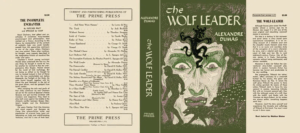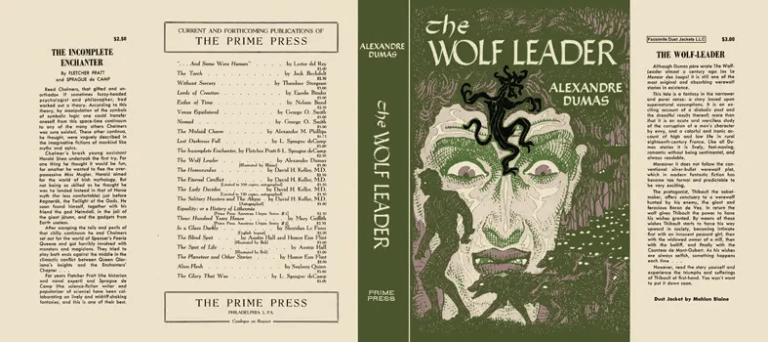Il 25 aprile scorso è uscito per iPad l’ottavo volume delle fatiche firmate Tin Man Games, ovvero Infinite Universe. Per chi non li conoscesse, i prodotti della Tin Man sono dei libri interattivi illustrati, che mescolano sapientemente alla logica del librogame stile Lupo Solitario un sistema di combattimenti vicino al mondo del gioco di ruolo (e quando agiterete il vostro tablet o il vostro smartphone per lanciare i dadi… beh, la gente vi guarderà malissimo). Tra i capitoli precedenti, il mio preferito rimane sicuramente il quinto capitolo, Catacombs of the Undercity, un’avventura in cui il nostro eroe si trova a dover combattere per uscire dalle fogne sotto alla città, per aprirsi la strada verso l’uomo che l’ha ridotto in disgrazia. Lo segue, a stretto giro, il terzo capitolo, Slaves of Rema, in cui il nostro solito eroe (che ha una sfiga colossale) viene catturato e portato a combattere nella solita arena piena di bestie schifose, ma le scelte più difficili si riveleranno essere quelle nei dormitori.
Quest’ultimo capitolo si discosta significativamente dall’ambientazione fantasy e vura verso il fantascientifico, sia nella trama che nell’interfaccia. Aggiunge nuovi talenti alla scheda personaggio, è sincronizzato con il Game Center di Apple (per chi lo usa) e… beh, apparentemente è gratis. Ma, come spesso accade, arrivati ad un certo punto è possibile acquistare nuovi capitoli. Personalmente depreco questa formula, che sembra stia prendendo sempre più piede tra gli sviluppatori (si veda ad esempio il sistema con cui è stato implementato lo storico Theme Park per Tablet, o i cosiddetti contenuti premium dei vari Dragon Age), ma in fondo ogni capitolo costa 0.79€ ed è possibile acquistare il libro tutto insieme per soli 2,99€, che poi è più o meno il prezzo dei capitoli precedenti. Uno specchietto per le allodole il libro gratis, insomma, o un trial delle prime cinquanta pagine (o anche di più… se riuscite a non morire). In ogni caso, rimane una buona storia, un’avventura carina e il lavoro fatto sull’interfaccia è notevole, ma rimango tradizionalista e continuo a preferire i capitoli d’impostazione storico-fantasy.

Werewolves Wednesday: The Wolf-Leader (13)
A werewolf story by Alexandre Dumas père. Chapter XIII: Where it is demonstrated that a Woman never speaks more eloquently than when she holds her tongue As Thibault was talking to himself he did not catch the few hurried words which Suzanne whispered to the Baron;







No Comments